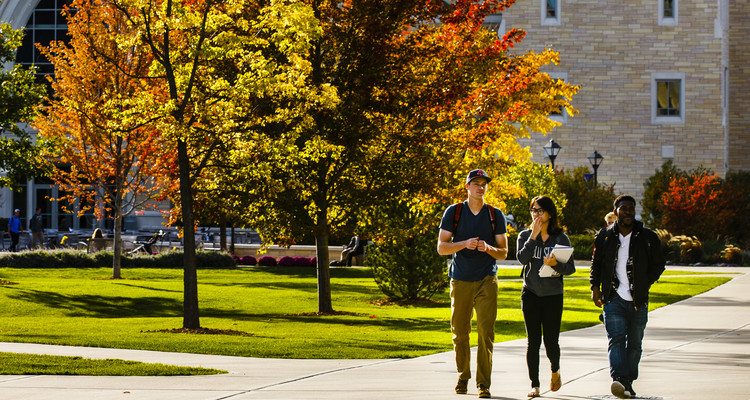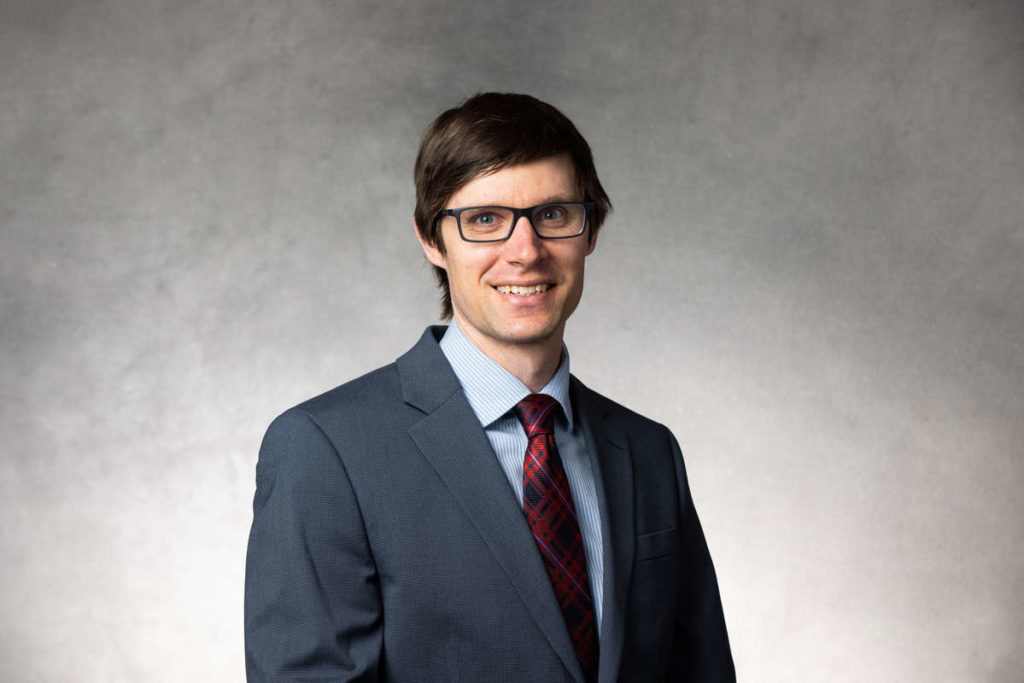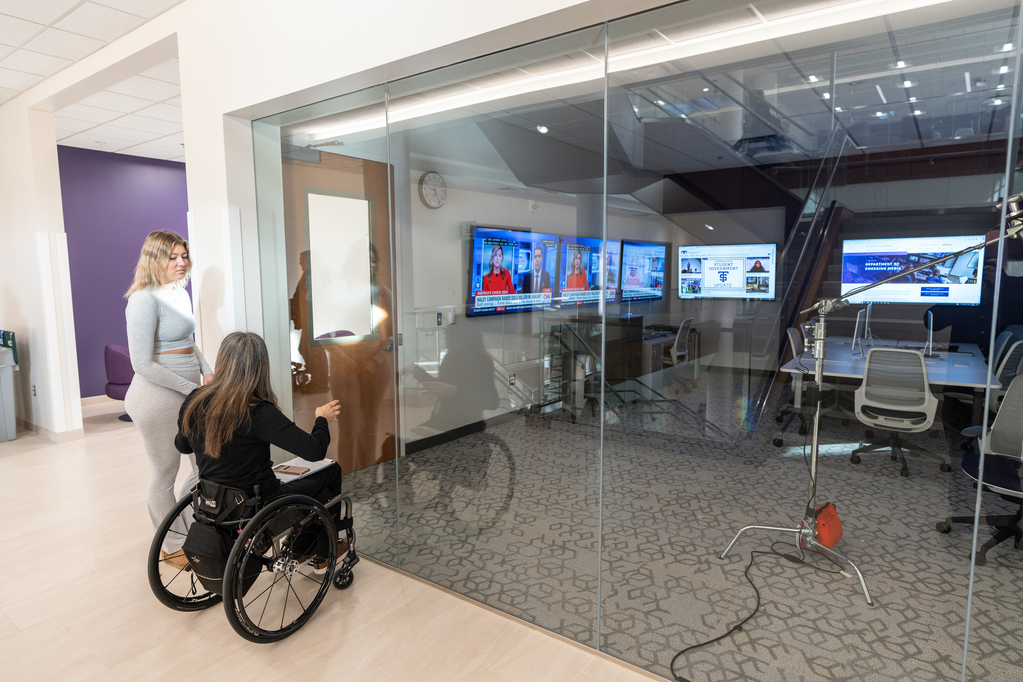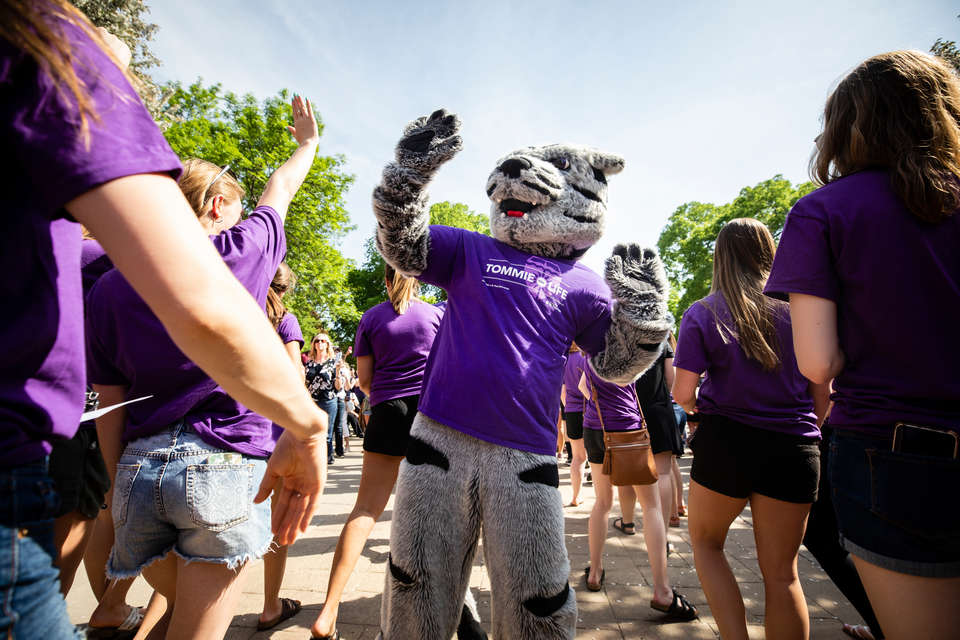The Twin Cities is in the midst of a demographics revolution. In her essay “The Changing Face of the Heartland,” Jennifer Bradley, of the Brookings Institution, states that, while it remains true that 78 percent of the population is Caucasian, this becomes less true each year. This is largely due to immigration; currently, the region has twice as many immigrants from Southeast Asia as the U.S. as a whole and five times as many immigrants from Africa as the nation as a whole.
At the same time, the Twin Cities, like the rest of the nation, is home to an aging baby Boomer population, most of whom are white. By 2020, it’s expected there will be 130,000 more jobs than workers in Hennepin County. Growth in the labor force will come from people of color, yet existing education and training systems aren’t adequately preparing these populations: In Minneapolis, only 41 percent of Hispanics, 40 percent of African Americans and 34 percent of American Indians graduate from public schools on time. In her essay, Bradley also points to an already alarming employment gap: While 79 percent of working-age whites are employed, only 65 percent of working-age people of color are employed. It’s the widest gap in the country.
How these circumstances impact businesses, culture and the future of the region was the focus of Diversity Insights: Preparing America’s Diverse Workforce for Tomorrow, organized by The Forum on Workplace Inclusion at the Opus College of Business. The panel discussion, moderated by sports reporter and broadcaster Lea B. Olsen, featured Tawanna Black, executive director of Northside Funders Group, Michael Rossman, HR director for Hennepin County, Rassoul Dastmozd, president of Saint Paul College, and Ravi Norman, CEO of THOR Construction, Inc.
While the current statistics can be daunting, panelists agreed that we are past the point of merely having conversations about these issues and are moving from complacency to action. Here are five insights they offered:
Diversity and inclusion need to be seen not as a moral obligation but as economic necessities.
“’Minnesota Nice’ isn’t serving us,” Tawanna Black said. “We need to do what’s best for the work force in order to create the best possible economic future.” In order to compete nationwide and globally, businesses will not only need skilled workers to fill high-level positions but teams that are racially and ethnically diverse in order to connect with customers, suppliers, partners and related businesses.
Hennepin County, the most populated county in Minnesota, is mobilizing.
An astonishing 83 percent of employees currently holding leadership positions in Hennepin County will be eligible to retire by 2025. The county is responding to these looming changes and the changing demographics by putting new hiring practices into place to create a pipeline of talent that eventually will be eligible for these top positions. Michael Rossman pointed to new strategic partnerships with other agencies and a focus on customized training programs for potential employees at community colleges and nonprofit training programs. These programs, along with paid internships, are pathways to advancement and careers.. The county also offers employees tuition reimbursement so they can continue building skills, and has strengthened its benefits package.
Educational institutions are forming partnerships with potential employers and creating programs that address the needs of the both workers and employers.
Rassoul Dastmozd said Saint Paul College is currently 60 percent diverse. It offers 45 technical programs and more than 80 degree programs, but also focuses on issues that can affect employment, such as access to public transportation and affordable housing. It offers support systems for students and employees, many of whom are the first generation in their families to go on to higher education. “One example of where we’re working with partners is in the construction sector,” Dastmozd said. “We’re working with organizations like McKnight, Mortenson, Ryan, Knutson, Minneapolis Builders and St. Paul Builders to develop a pipeline of skilled employees who are nontraditional in that industry.”
It’s not just about recruiting, it’s about retention.
In order for there to be long-term success, companies need to address what happens after people of color are hired. This often involves changing workplace culture and helping to build social connections and workplace relationships that offer support. At departments within Hennepin County, many employees have formed networks designed not only to support each other, but to inform leadership about what’s happening within the workplace and to suggest how things could be done differently.
We need to share more success stories.
While Ravi Norman agrees that there is much that can be done in the private sector in terms of operational resources (to provide employees with better career paths and training) and financial strategy, he believes that mobilizing people of color comes down to a marketing strategy and robust storytelling. “We have a very limited framework around marketing,” Norman said. “We have no problem launching well-funded, international marketing strategies around sports, music and entertainment, but we offer no inspiration or aspiration when it comes to business success or other kinds of employment. The language and images we use matter. We need to address this disparity and start to ingrain new, positive messages.”







